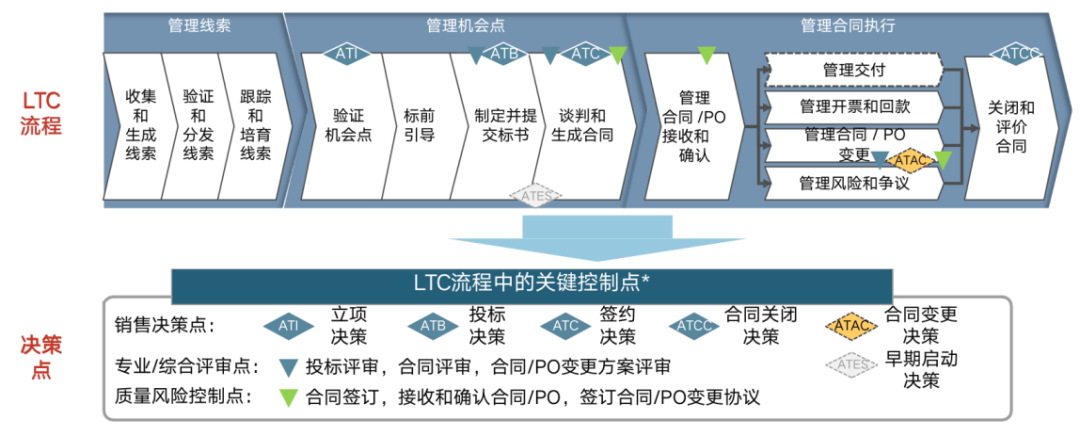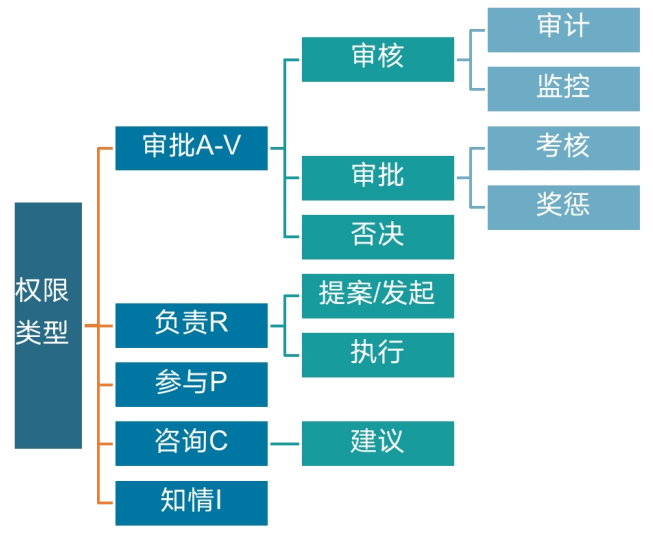Recommended | Bian Zhihan Oral | Lei Chengshi Editor | Xu Jiasang
Source | Based on the content of the public live broadcast of “From Pressure to Vitality: Decoding Huawei’s Winter Survival Strategy” Lecture 2
Organizing the authorization matters from two dimensions:
Organizational dimension, Process dimension
First, authorize from the organizational dimension.
What kind of power do frontline troops need to win battles? Consider it from three aspects—people, finance, and affairs. What powers are there in personnel management? What permissions are there for budget expenses? What permissions are there for operational management? For example, product selection, price management, promotional activities, contract signing, etc., this is called operational command authority.
The core is still to let those who hear the cannon fire call for artillery and decision-making. Therefore, when setting permissions, companies should first consider the frontline troops, such as sales departments and regions. Generally, small and medium-sized enterprises can prioritize thinking about their permissions based on the company’s operational troops, and finally organize from the front end to the back end, based on the organizational dimension, which is a very efficient organizing method.
Second, authorize from the process dimension.
For some larger enterprises, it is recommended to organize from the process dimension. From the process dimension, it means sorting things out one by one from end to end.
For example, Huawei has three core processes—LTC process, ITR process, IPD process.
If certain enterprises reach a certain scale, they can combine the two approaches: thinking based on the organizational dimension while also pulling through based on the process dimension. If there are certain capabilities, it is recommended to prioritize pulling through from the process dimension, and finally land on the organization, which can ensure that nothing is overlooked and capture the key points.
However, if the enterprise is too small and the process is too complicated, there is no need to get bogged down in the intricate details of large enterprise processes. It is recommended that small and medium-sized enterprises reverse the entire organizational authorization based on departments, operational units, and operational platforms and middle and back offices.
These two methods are not contradictory; they are a combination of both, but the core is to organize the key authorization points of the enterprise. For example, the LTC process has key points: project decision-making, bidding decision-making, contract signing decision-making, contract closure management, etc. For example, from the personnel perspective, there is organizational recruitment and assessment, and from the financial perspective, there are budget expenses, funds, accounts receivable, and other dimensions, which is the sorting of authorization matters.

Defining Authorization Rights: Clarifying Who Initiates and Who Approves
After organizing the authorization matters, enterprises need to define different authorization rights. Common rights include approval, participation, consultation, and information. Further refinement includes approval, review, initiation, execution, suggestions, as well as auditing, monitoring, assessment, and rewards and punishments.
For example, in contract management, who initiates, who reviews, and who approves? Enterprises need to sort these matters out first, clarifying different organizations and their different permissions.
Case Study: The Separation of Powers in Huawei’s Cadre Management
Huawei adopts a system of separation of powers in cadre management involving suggestion rights, review rights, and veto rights.
Why is this division made? For example, suggestion rights are held by the directly governing organization. If a representative office of the enterprise wants to select a cadre, they can have suggestion rights but no decision-making rights. This is because Huawei’s cadres must undertake the mission of cultural inheritance, leading teams to achieve work and organizational goals, and breaking down departmental barriers.
Many enterprises operate in a siloed manner, where a certain business unit proposes several cadres, and it is solely decided by that business unit; or the human resources department decides to promote a manager or director, which is also solely decided by the human resources department. This can easily lead to departmental barriers, not because employees have a sense of departmental barriers, but because of unreasonable mechanism settings in the enterprise.
Huawei’s cadre management mechanism disperses these powers among different departments.For example, the organization that directly governs daily operations has suggestion rights, cross-level departments exercise recommendation rights, and even related departments under matrix management have veto rights.
Review rights are powers held by organizations that promote capability building and improvement during the company’s growth process (such as HR/training departments). The superior organization representing daily administrative governance has review rights. The organization representing the operation of the entire process and the long-term development of overall business efficiency has veto rights and impeachment rights (such as auditing/cadre supervision departments).
In cadre management, evaluations of individuals should be based on consensus rather than individual merit, which means that consensus is required for approval, rather than just one person’s agreement. If everyone agrees, it indicates that the individual can serve not only the direct lines of the cadre but also facilitate the relevant departments to connect the end-to-end processes.
Therefore, the setting of rights should consider the efficiency of the enterprise, while also being controllable, and achieving the goals of enterprise management.
Zhong En focuses on stimulating organizational vitality, driving organizational effectiveness, sharing management concepts, methods, and tools from industry leaders like Huawei, and assisting growth-oriented enterprises to grow and succeed. If you have any confusion in this regard, feel free to interact and communicate.

✨ Click the link below to purchase “Scientific Distribution” directly✨
👇👇👇👇👇👇
In-depth analysis of Huawei’s insights into human nature’s distribution methods
Exploring Huawei’s organizational vitality’s endless driving force
Helping enterprises solve incentive challenges, stimulating organizational vitality







